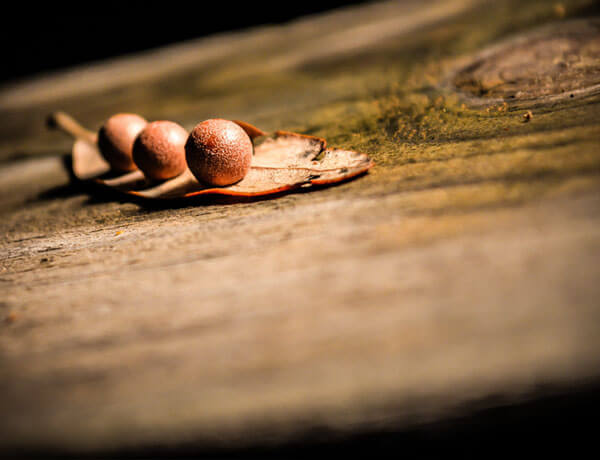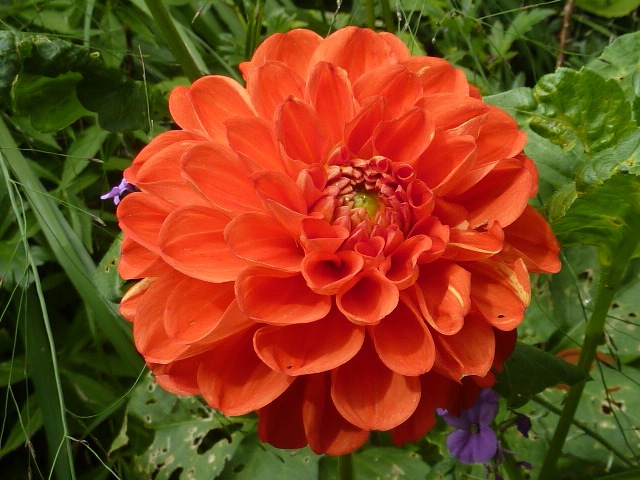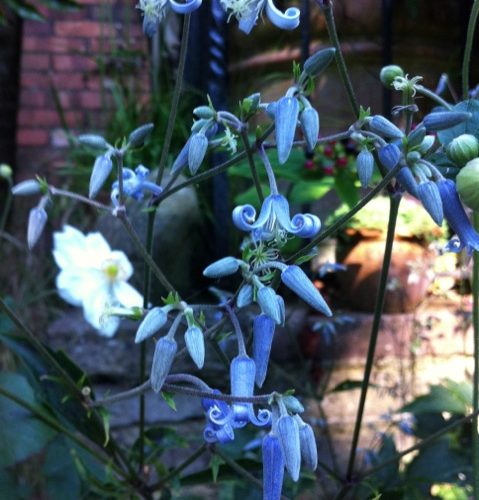-

Keep it Clean – Keeping Beasties at Bay in the Greenhouse
It’s not just plants that appreciate the protection of a greenhouse – before long less welcome living things will inevitably take up residence too. In general pests aren’t too much of a problem in small numbers, but once they’ve made themselves comfortable and set up home, they soon move on to raising a family – and that’s where the problems begin.
If, like me, you prefer to avoid going down the chemical pesticide route, there’s a wealth of environmentally friendly solutions that are becoming increasingly mainstream as commercial growers adopt methods of pest control that don’t poison the soil, or result in pests that are resistant to the chemicals.Prevention
- Of course prevention is better than cure and there are various things you can do to keep problems at bay.
- Give the greenhouse a thorough cleanout when it is at its emptiest in autumn
- declutter and (after cleaning) only return the things that belong in the greenhouse e.g. plants, potting compost and a selection of pots and seed trays
- brush down the benches and shelves and window frames
clean the windows inside and out - wipe all the hard surfaces with a greenhouse disinfectant –citrus-based Citrox is effective and environmentally friendly
- use a garlic smoke bomb to fumigate the greenhouse overnight – shut windows, doors and vents to get the maximum effect and avoid fumigating the neighbours!
- bought-in plants often arrive with resident pests – don’t be embarrassed about checking them carefully and (gently) knocking them out of their pots to make sure they are healthy before you buy; vine weevil is particularly partial to hitching a ride to a new location
- if practical, quarantine new plants for a couple of weeks before bringing them into the greenhouse – especially plants that are likely to stay in the greenhouse for a long period – that way you can deal with pests before they are brought indoors
- the old-fashioned sticky traps are a useful indicator of the arrival of whitefly, leafminers and greenfly; see them and you know it’s time to act; hang them where they won’t get stuck in your hair (this is from personal experience)
- keep the atmosphere in the greenhouse humid to deter red spider mite – water the path and the evaporation will cool the atmosphere – do this regularly, especially in hot weather
Cure
Once the pests have arrived it is important to stop them gaining the upperhand. These controls consist of various strategies from traps, to sprays to natural predators.
Traps
- yellow sticky traps catch whitefly, aphids, thrip, sciarid fly, leafminer, leaf hopper
- blue sticky traps catch thrip, adult leaf miners and moths
- White traps for fungus gnats around the base of a crop
Natural Pesticide Spray
This needs to be used carefully because it can kill the goodies as well as the baddies, so is best used in the evening when the bees and other beneficial insects are less likely to be around.
- Insecticidal soap is fatty acid based and leaves no harmful residues so any beneficial insects that visit the plants won’t be harmed. It works on contact so it can be useful for reducing infestations of whitefly, aphids and mealybug.
Natural Predators
These creatures prey on the pest by either parasitizing them or eating them. They are invaluable to the greenhouse owner. It is essential that the pest is present in the greenhouse in moderate numbers at the time of introduction and that the temperature is within a certain range. Each of these biological controls is specific to a particular pest, although the Mighty Mite Macrocheles robustulus deals with soil borne pests, maggots, woodlice and vine weevil larvae.
- Whitefly is controlled by the introduction of the parasitic wasp Encarsia Formosa
- Spider mite is controlled using predatory mites Phytoseiulus persimilis
- Mealybug can be dealt with by the predatory ladybird Cryptolaemus montrouzieri
- Scale insect can be incredibly difficult to get rid of, but predatory ladybird Chilocorus nigritus likes to eat them which is very good news
- Vine Weevils are fiendish – you may not know they are present until plants start collapsing – control them with the vine weevil nematode
My thanks to Julian Ives of dragonfli for up to date information on pest control in the greenhouse. His website contains more detailed information to help you choose the right solution to your problem. From time to time I will update this section as new pests arrive and their predators are discovered. I’m about to test a trap to deal with Tuta absoluta, the tomato moth, which made serious inroads into my greenhouse crop last summer.












